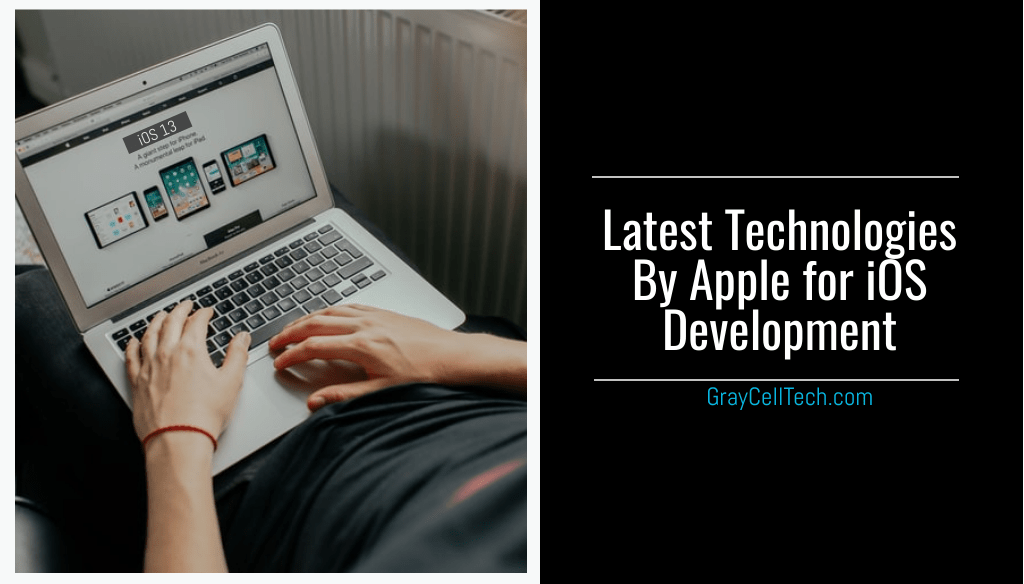Advanced technology is not less than magic. Apple proves it right that an old problem, a big idea, and a new technology turn into an innovation. Apple Inc. is the world’s largest IT corporation by revenue and total assets. Around 2.47 million apps are already available and 2,540 apps on an average are released every day on the App Store. It launches amazing new technologies and products. One such latest release is iOS 13. This iOS mobile operating system comes out with a whole new look and features like system-wide dark mode, revamped photos app, street-level view for Maps, and more. Let’s have a look at significant new Apple technologies for iOS development that businesses can leverage to optimize the user experience.
SwiftUI
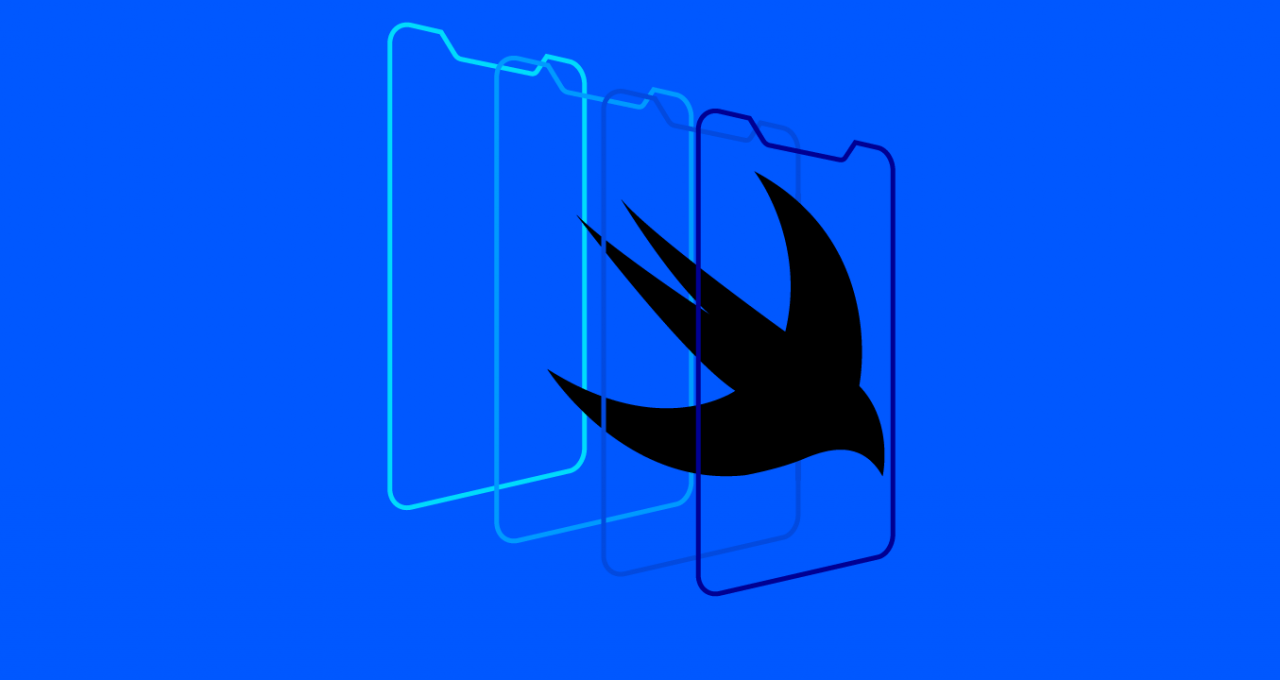
SwiftUI is Apple’s new UI framework that works on all Apple platforms including iOS, iPadOS, watchOS, and tvOS. It is a simple yet exceptional way to declare application user interfaces using swift code. It automates many processes of building app UI interfaces like Dark Mode, Accessibility, right-to-left language support, interface layout, etc. It brings apps to all Apple platforms with its tools and APIs in no time. It facilitates the preview of the UI design to know about its look and behavior. These are the main features that compel the developers to use SwiftUI for UI development along with Touch Bar, Declarative syntax, Native characteristics, and Drag & drop features.
Xcode 11

Xcode 11 provides almost everything to create apps for all Apple platforms covering Swift 5.1 and SDKs for iOS 13, tvOS 13, watchOS 6, and macOS Catalina 10.15. It supports development with SwiftUI. It incorporates minimap quickly go to a specific part of your code, Swift Package Manager to add dependencies by searching the packages through the list of GitHub repositories, rich documentation, Inline Diff to see changes in each line of code based on version control, faster iOS Simulators, Xcode debugger that allows switching between light and dark modes easily during debugging on iOS13 and more.
Mac Catalyst
Apple introduced a new technology for developers to bring iPad apps to Mac- Mac Catalyst. It avails the iPad apps to a new audience while the existing users can enjoy the same app in a whole new environment of Mac. All a developer needs to do is simply check a box to add windowing features and fundamental Mac. Mac Catalyst provides automatic support for fundamental Mac features when creating a Mac version of an iPad app. It includes system preferences, window management, file management, rich text interaction, keyboard, trackpad, mouse, and touch bar input. In addition to this, gives many system-provided UI elements like split view, activity view, file browser, form sheet, and contextual actions.
ARKit3 and RealityKit
Augmented Reality is also among one of the latest Apple technologies for ios mobile app development and support. Apple’s Augmented Reality tool (ARKit3) is a mobile AR platform having a great level, session-based API with powerful features. This framework integrates iOS device camera and motion features to give richer augmented reality experience to apps/games. People Occlusion, track multiple faces, Visual coherence, AR Coaching UI, HDR quality environment textures, automatic detection of image size and more.
RealityKit framework takes the AR experiences to the next level by photo-realistic rendering. It makes use of animations, effects, physics, and spatial audio on AR objects.
Core ML 3 and Create ML
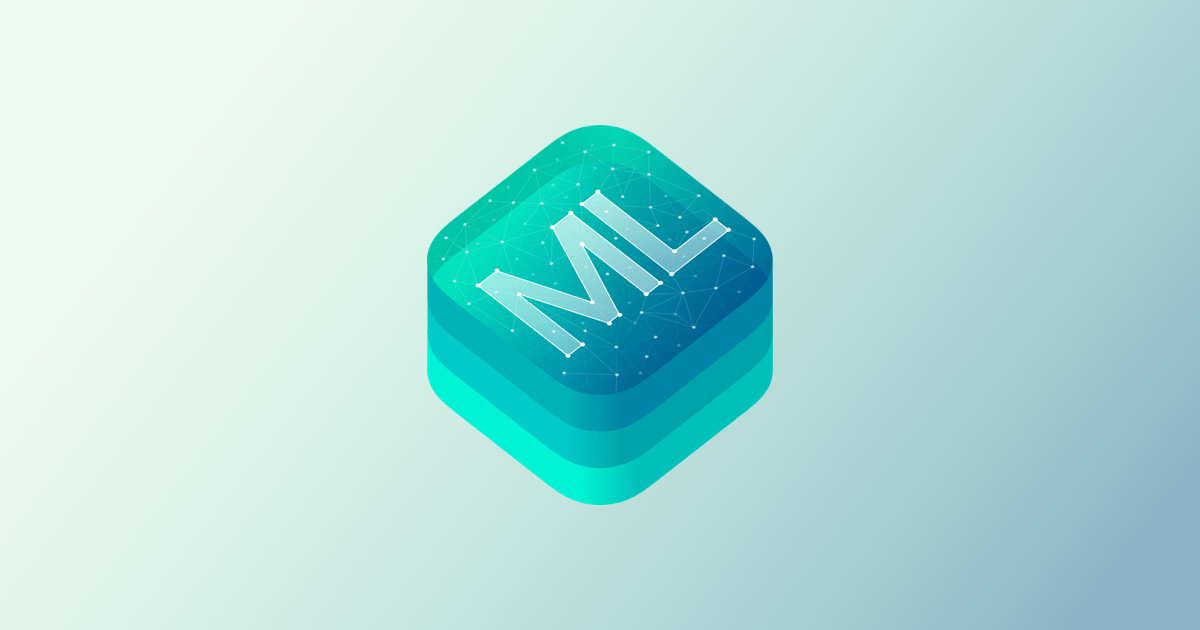
Core ML is a Machine Learning framework that allows developers to integrate powerful realtime machine learning capabilities into their apps such as vision and natural language. The latest version is Core ML 3 that provides support for both inference and training directly on-device. On-device training architectures make use of global, static feature extractors and updatable blocks at the top of models for personalization. It brings support for a number of new models, neural network layers, and operations like Masking, Tensor Manipulation, Boolean logic, Control Flow, useful in custom iPhone app development. It incorporates models like NearestNeighbors.proto, LinkedModels.proto, ItemSimilarityRecommender.proto, SoundAnalysisPreprocessing.proto, and also gives full compatibility with most of the state-of-the-art models like Elmo, Squeezenet, DeeplabV3, YOLOv3, etc.
Apple’s Create ML makes use of tools like Swift and macOS playgrounds to create and train custom machine learning models on Mac. Training can be provided to models to perform functions like recognizing patterns, extracting meaning from text, or finding relationships between numerical values.
Advancement in Siri
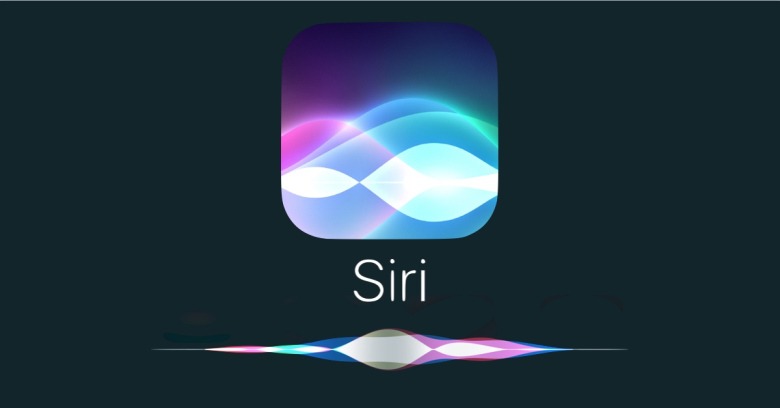
Apple’s Siri now comes with an improved life-like voice with the help of a neural TTS system that gives a more natural voice. Siri shortcut options are available in the Shortcuts app and it comes preinstalled with iOS13. A number of additional features are also available like adding multiple items to a list with ease using Siri intelligence to distinguish two things to be added in separate lines, creating reminders by giving suggestions for relevant actions, enhanced guidance in maps, new Indian English voice, tune into radio stations, taking less space in CarPlay, “Hey Siri” support to vehicles, etc. Even, SiriKit for Audio is now available for third-party apps.
Enhanced Security and Sign in with Apple
Apple offers exciting features for privacy and security. It helps to cut down on scammers by sending them straight to voicemail. Additionally, it provides “Share when using the App” and “Do not share” options to grant location permission temporarily, option to block Bluetooth & Wi-fi connections from apps which previously tracking location without actually asking, and turning off the location data in photos, etc.
iOS users can now sign in to apps and services without filling forms or creating new passwords only with Apple ID in one tap. It is a more privacy-minded solution that works without sharing the sensitive user information.
Apple Homekit
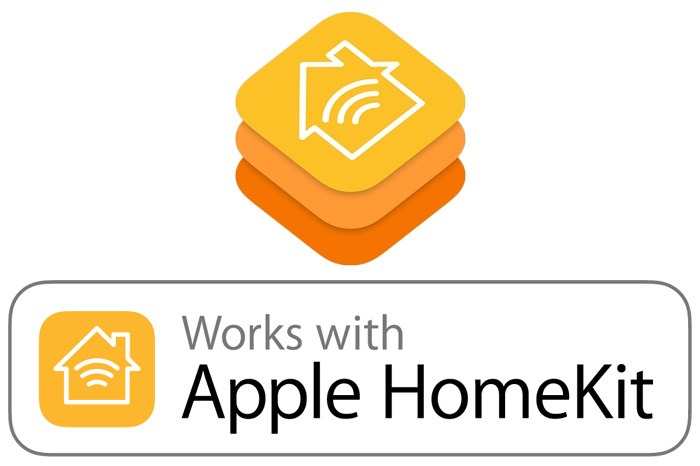
Apple Homekit is a smart home device controlling system. It allows you to set up and control all the home accessories from all your Apple devices. It is easy and secure to adjust your room temperature, lights, locks, music for the right ambiance just in a single tap. HomeKit Secure Video and HomeKit-enabled routers bring even more security. It aids detecting and recording people, animals or vehicle activities by allowing to set when a camera should record or not.
Apple Pay
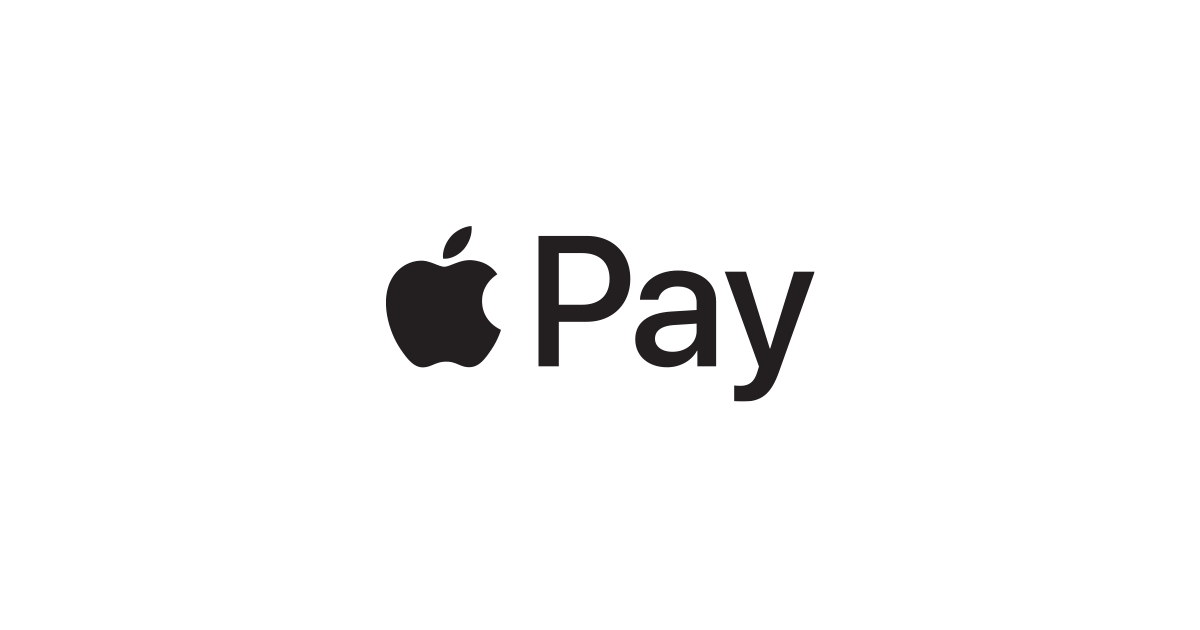
Apple Pay is a cashless and cardless transaction service for iOS users to make easy payments. It has gained huge popularity after its launch in September 2014. According to Statista in December 2018, it has become a prominent mobile payment provider with a global iPhone user base reach of 43%. Most of the major credit and debit card providers such as Visa, MasterCard, and American Express support it. Businesses can integrate this contactless technology into apps to offer a higher level of transaction security and convenience for customers.
Apple CryptoKit
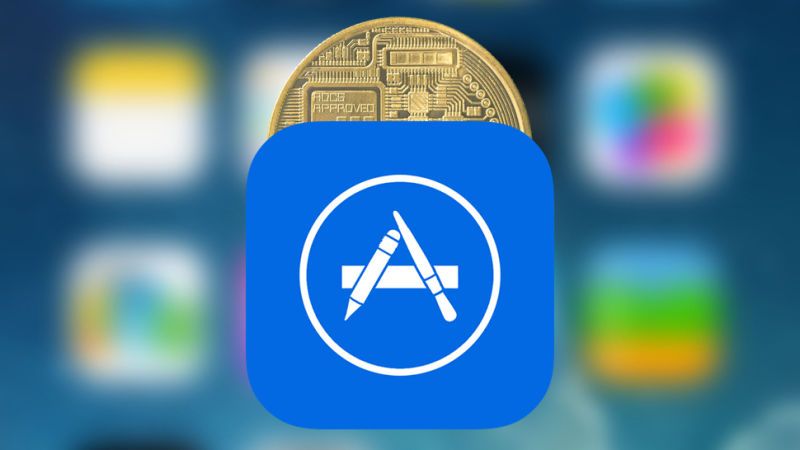
Apple CryptoKit framework that allows developers to encrypt both data in transit and data rest. It is a Swift framework to perform common cryptographic operations from simple hash computing to implementing advanced authentication protocols. For example, developers can create and evaluate digital signatures, generate symmetric keys, and more. Developers prefer it because of the ability to automatically handle tasks that increase app security by avoiding human mistakes and glitches.
MetricKit
MetricKit framework gives on-device app power and performance metrics provided by the system. It presents reports containing data about the previous 24 hours to improve the performance of the app.
PencilKit
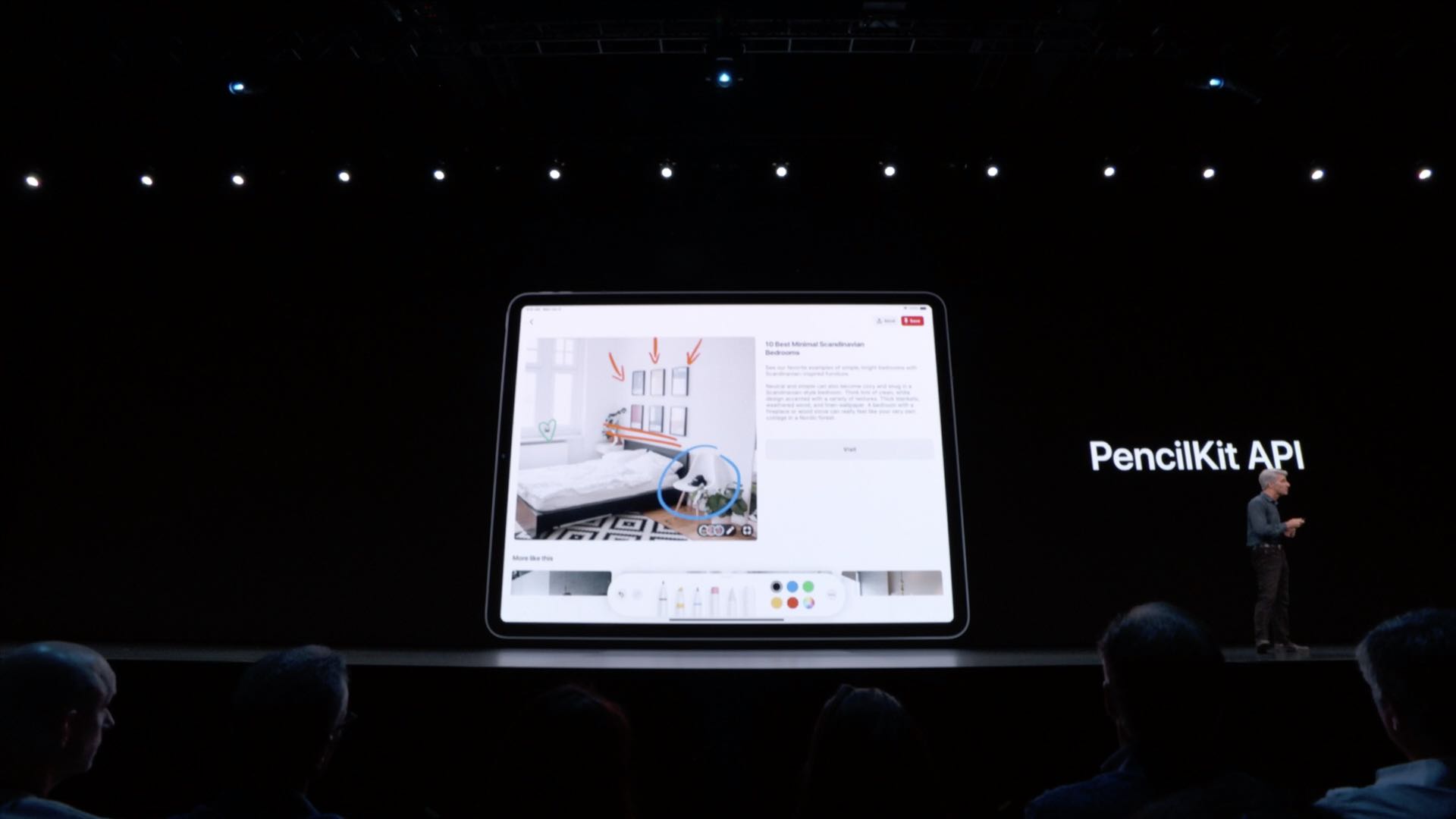
PencilKit framework incorporates the touchpoints from Apple Pencil or the user’s finger into your iOS app quickly and easily. It converts the input into high-quality images to display in either iOS or macOS. It is a drawing environment consists of all the tools for creating, erasing, and selecting lines with a portable palette, easier markups, and better pencil latency for better writing experiences.
Apple Watch
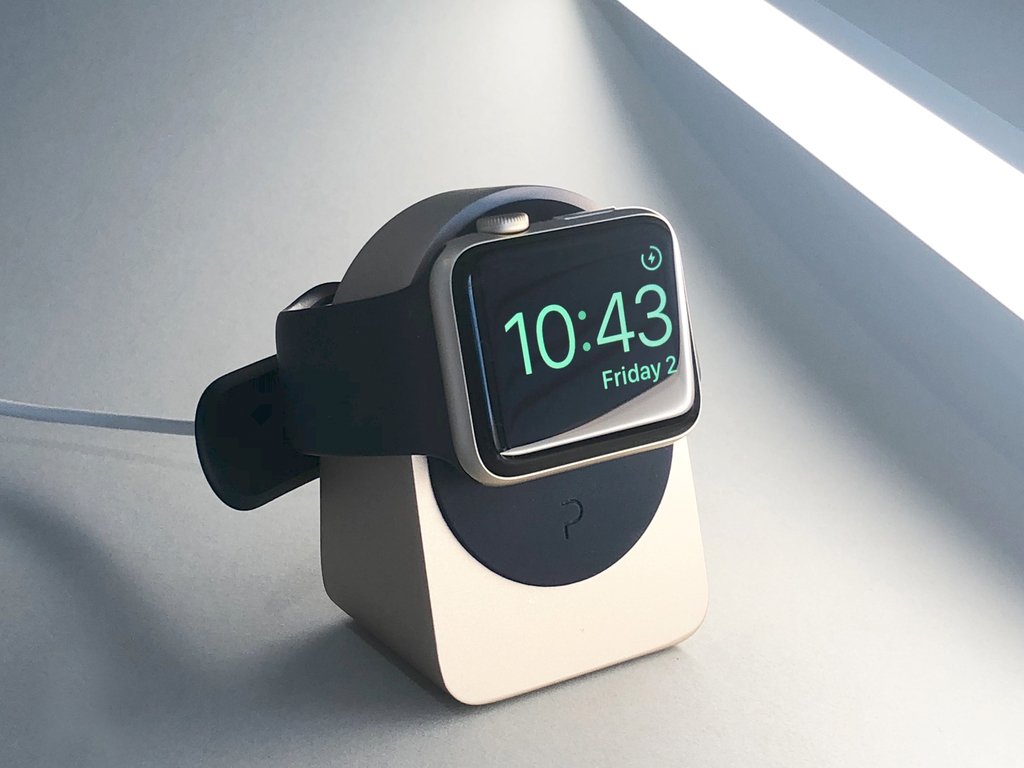
Apple not only releases updates on iPhone, iPad, or tvOS but also on Apple wearables. It now runs on WatchOS 6 with several new features and apps including Voice Memos, cycle tracking, weather complications, unlocking Mac, calculator, etc. that can gain ground with dedicated dark mode and reminder apps. The users expect that watches should work independently even if not synced with their iPhones. This gives the opportunity to build separate watchOS apps that don’t require iOS workmates. These apps can be extensions of current iOS applications or fully-featured apps designed solely for Apple Watch.
A Quick Glance
Design, atmosphere, speed, security, and high quality are all pillars of great user experience. The latest apple technologies provide all this and make ios mobile app development faster and more delightful. You can use Swift UI for faster dynamic interface building, Xcode 11for creating apps for all Apple platforms, Mac Catalyst for bringing iPad app to Mac, Augmented reality for easy visualization, Core ML 3, and Create ML for integrating machine learning models.
Similarly, using Siri to handle user requests for app services, better security and privacy with Sign in with Apple, Homekit to control home devices, PencilKit for unmatchable drawing environment, MetricKit for power and performance metrics, Apple Pay for secured transactions, CryptoKit for performing common cryptographic functions, Apple watch as a new space for developing watchOS apps and much more. Apple has not left even a single aspect of custom iPhone app development untouched. Above all, Apple keeps sharing regular updates for better product experiences. Hopefully, we will share the update on the latest mobile development technologies soon for our tech-savvy audience !!
